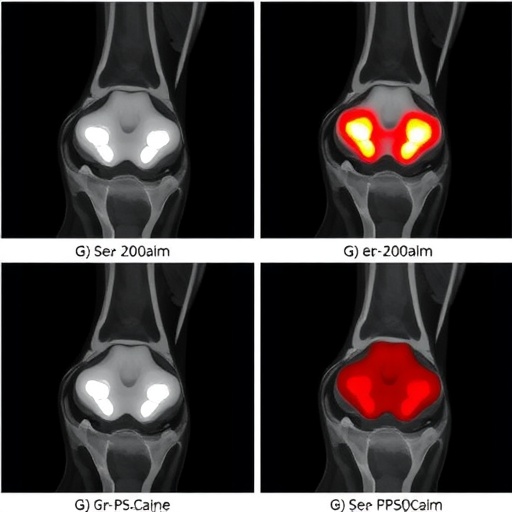Nearly a third of all antibiotics prescribed for hospitalized children globally were intended to prevent potential infections rather than to treat disease, according to the results of a worldwide survey published in the Journal of the Pediatric Infectious Diseases Society. A large proportion of these preventive, or prophylactic, prescriptions also were for broad-spectrum antibiotics or combinations of antibiotics, or were for prolonged periods, which can hasten the development of antibiotic-resistant bacteria and drug-resistant infections.
"This pattern and high rate of prophylactic prescribing indicates a clear overuse of antibiotics," said study author Markus Hufnagel, DTM&H, of the University of Freiburg in Germany. "Hopefully, our study results will help to raise awareness among health professionals about appropriate prescribing of antibiotics in children," Dr. Hufnagel said.
The study provides a snapshot of antibiotic prescriptions for 6,818 children who were inpatients at 226 pediatric hospitals in 41 countries, including four hospitals in the United States, during one day in 2012. There were 11,899 total prescriptions for antibiotics, and 28.6 percent of these were for prophylactic use, researchers found. Among hospitalized children who received at least one antibiotic prescription, 32.9 percent (2,242 children) were prescribed an antibiotic to prevent a potential infection rather than to treat a current one.
Of the antibiotics prescribed for prophylactic use, 26.6 percent were to prevent potential infections associated with an upcoming surgery, and the vast majority of these antibiotics were given for more than one day. The remaining 73.4 percent of the prophylactic prescriptions were intended to potentially prevent other types of infections. Approximately half (51.8 percent) of all preventive antibiotic prescriptions were for broad-spectrum antibiotics. In 36.7 percent of cases, two or more systemic antibiotics were prescribed at the same time.
These patterns contradict current recommendations for appropriate prophylactic antibiotic use. Guidelines often call for using narrow-spectrum antibiotics for shorter periods, in an effort to limit the development of antibiotic resistance. The study findings suggest clear targets for improving antibiotic prescribing in pediatric patients, according to the authors. These include reducing prolonged, preventive antibiotic use before surgery, limiting the use of broad-spectrum and combinations of antibiotics, and reducing antibiotic use, overall, for prophylactic rather than therapeutic use.
Additional education for clinicians and improved implementation of current guidelines for antibiotic use to prevent surgical infections are needed, Dr. Hufnagel said. More in-depth guidelines that address the use of prophylactic antibiotics for a broader range of medical conditions than current guidelines do are also needed, as well as efforts to communicate these guidelines to health care providers and to analyze how the recommendations are used.
Fast Facts
- A survey of hospitals in 41 countries suggests antibiotics are often inappropriately and excessively prescribed for hospitalized children worldwide.
- Nearly a third of all antibiotics prescribed for these children were for preventive, or prophylactic, use, rather than to treat disease, the survey found.
- The use of broad-spectrum antibiotics and combinations of antibiotics was also high, raising concerns about increased risk for the development of antibiotic resistance and drug-resistant infections.
###
Editor's Note: The study was funded by the European Commission Directorate General for Health and Consumers and the Paediatric European Network for Treatment of AIDS. For an embargoed copy, please contact Terri Christene Phillips, MSA ([email protected], 703-299-9865).
Published quarterly, the Journal of the Pediatric Infectious Diseases Society represents the spectrum of peer-reviewed, scientific and clinical information on perinatal, childhood, and adolescent infectious diseases. The journal is a publication of the Pediatric Infectious Diseases Society (PIDS), the world's largest professional organization of experts in the care and prevention of infectious diseases in children.
PIDS membership encompasses leaders across the global scientific and public health spectrum, including clinical care, advocacy, academics, government, and the pharmaceutical industry. From fellowship training to continuing medical education, research, regulatory issues and guideline development, PIDS members are the core professionals advocating for the improved health of children with infectious diseases both nationally and around the world, participating in critical public health and medical professional advisory committees that determine the treatment and prevention of infectious diseases, immunization practices in children, and the education of pediatricians. For more information, visit http://www.pids.org.
Media Contact
Terri Christene Phillips, MSA
[email protected]
703-299-9865
@/PIDSociety




